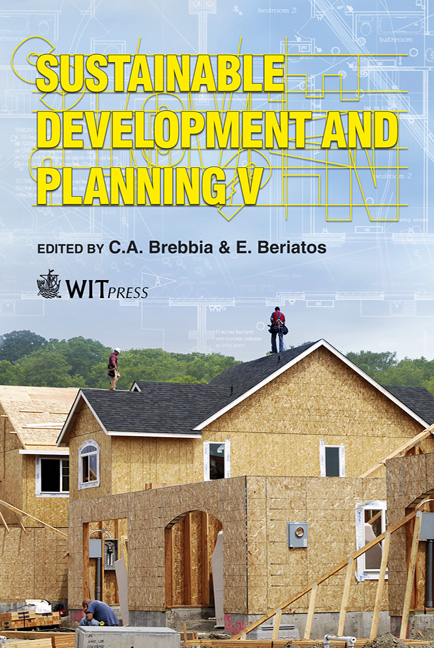Enhanced Aquifer Thermal Energy Storage For Cooling And Heating Of Shinshu University Building Using A Nested Well System
Price
Free (open access)
Transaction
Volume
150
Pages
12
Page Range
871 - 882
Published
2011
Size
4,078 kb
Paper DOI
10.2495/SDP110721
Copyright
WIT Press
Author(s)
A. Tomigashi & K. Fujinawa
Abstract
An enhanced aquifer thermal energy storage (ATES) is proposed in this paper in order to provide cooling and heating energy from groundwater to an airconditioning system of a building at Shinshu University. By adopting the enhanced ATES, a nested well system composed of withdrawal and injection wells is under construction in which an upper unconfined aquifer is used to withdraw, inject and store cooling water, and an underlying confined aquifer is used for heating water. A variety of field tests including all-core boring, electrical logging, thermal logging, pumping tests and thermal and salt-water tracer tests has been performed to identify hydrogeologic and thermal properties of the aquifer. Numerical simulations were then conducted by using SWATER (Subsurface Water and Thermal Energy Resources), which is a program for simulating three-dimensional water flow and heat transport in aquifer systems. The numerical results showed that the enhanced ATES is superior to the conventional ATES in terms of recovered thermal energy. Keywords: enhanced aquifer thermal energy storage, nested well system, field tests, control of groundwater flow and heat transport, numerical simulation. 1 Introduction Underground space provides a large isolated storage volume of water for thermal energy. Underground Thermal Energy Storage (UTES) technologies use the capacity of this volume to store thermal energy for seasonal application. Among UTES, Aquifer Thermal Energy Storage (ATES) and Borehole Thermal Energy Storage (BTES) are widely used techniques. An ATES system uses groundwater as the medium of heat transfer between an external source and the aquifer while
Keywords
enhanced aquifer thermal energy storage, nested well system, field tests, control of groundwater flow and heat transport, numerical simulation.





